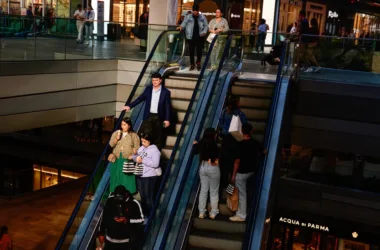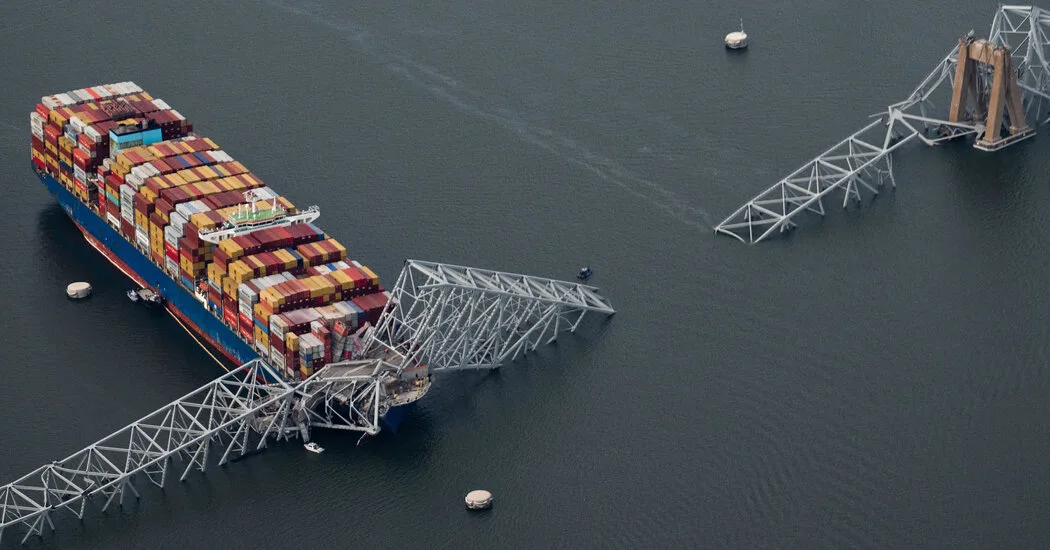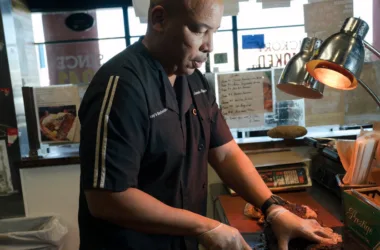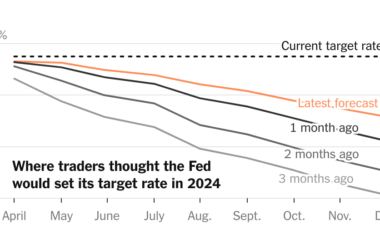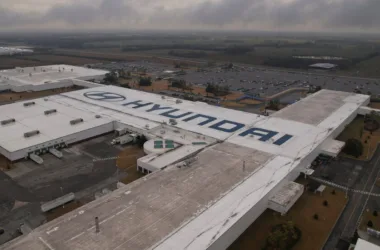Even earlier than an unlimited container ship rammed a bridge in Baltimore within the early hours of Tuesday, sending the span hurtling into the Patapsco River, and halting cargo site visitors at a significant American port, there was ample purpose to fret concerning the troubles dogging the worldwide provide chain.
Between swirling geopolitical winds, the variables of local weather change and continued disruptions ensuing from the pandemic, the dangers of relying on ships to hold items across the planet have been already conspicuous. The pitfalls of counting on factories throughout oceans to provide on a regular basis gadgets like clothes and significant wares like medical units have been directly vivid and unrelenting.
Off Yemen, Houthi rebels have been firing missiles at container ships in what they are saying is a present of solidarity with Palestinians within the Gaza Strip. That has compelled ocean carriers to largely bypass the Suez Canal, the important waterway linking Asia to Europe, and as an alternative circumnavigate Africa — including days and weeks to journeys, whereas forcing vessels to burn extra gas.
In Central America, a dearth of rainfall, linked to local weather change, has restricted passage by way of the Panama Canal. That has impeded an important hyperlink between the Atlantic and the Pacific, delaying shipments to the East Coast of the US from Asia.
These episodes have performed out amid reminiscences of one other latest blow to commerce: the closing of the Suez Canal three years in the past, when the container ship Ever Given hit the facet of the waterway and acquired caught. Whereas the vessel sat, and social media crammed with memes of recent life stopped, site visitors halted for six days, freezing commerce estimated at $10 billion a day.
Now the world has gained one other visible encapsulation of globalization’s fragility by way of the abrupt and beautiful elimination of a significant bridge in an industrial metropolis distinguished by its busy docks.
The Port of Baltimore is smaller than the nation’s largest container terminals — these in Southern California, in Newark, N.J., and in Savannah, Ga. — however it’s a main part of the provision chain for automobiles, serving because the touchdown zone for automobiles and vehicles arriving from factories in Europe and Asia. It’s also a major embarkation level for exports of American coal.
A lot of these items could possibly be delayed in reaching their final locations, forcing shippers to make alternate plans, and limiting stock. In an age of interconnection, issues in a single spot can shortly be felt extra broadly.
“The tragic collapse of the Francis Scott Key Bridge goes to place stress on different modes and port options,” mentioned Jason Eversole, an government at FourKites, a provide chain consultancy. Some cargo that may have gone by way of Baltimore is more likely to wind up in Charleston, S.C.; Norfolk, Va.; or Savannah.
That can improve demand for trucking and rail companies, whereas making it extra advanced and dear to get items the place they’re imagined to go.
“Even as soon as they take away the rubble from the water, site visitors within the space might be impacted as truck drivers turn out to be reluctant to take masses out and in of the area with no value improve,” Mr. Eversole mentioned.
Unease now hovers over the provision chain, a topic now not simply the province of wonks and commerce consultants, but in addition a subject of dialog for folks attempting to grasp why they can not end their kitchen renovation.
There are recent reminiscences of the alarming shortages of medical protecting gear throughout the first wave of Covid-19, which compelled medical doctors in among the wealthiest nations to go with out masks or robes as they attended to sufferers. Households bear in mind not having the ability to order hand sanitizer and scrambling to seek out bathroom paper, a beforehand unimaginable prospect.
Most of the worst results of the Nice Provide Chain Disruption have eased significantly or disappeared. The worth of transport a container of products from a manufacturing facility in China to a warehouse in the US multiplied from about $2,500 earlier than the pandemic to 10 occasions that on the peak of chaos. These costs have returned to historic norms.
Not are container ships queued off ports like Los Angeles and Lengthy Seashore, Calif., as they have been when Individuals overwhelmed the system with orders for train bikes and barbecues whereas in quarantine.
However many merchandise stay scarce, partly due to trade’s lengthy embrace of just-in-time manufacturing: Quite than pay to stash additional items in warehouses, firms have, over the a long time, minimize inventories to save lots of prices. They’ve trusted container transport and the online to summon what they want. That has left the world weak to each sudden hit to the motion of products.
In fast-growing American cities, a housing scarcity that has despatched dwelling costs hovering has perpetuated as a result of contractors nonetheless can’t safe gadgets like electrical switches and water meters, which might take greater than a 12 months to reach.
“The provision chain remains to be holding up building,” mentioned Jan Ellingson, an actual property dealer at Keller Williams in Casa Grande, Ariz.
The pandemic chaos assailed your complete system directly, sending truck drivers and dockworkers into lockdown simply as document volumes of imported items landed on American shores. The most recent occasion, in Baltimore, might show more cost effective than different latest episodes.
“There’s slack within the system, and it’s a lot better positioned to soak up the sorts of shocks we’re seeing,” mentioned Phil Levy, a former chief economist on the transport logistics firm Flexport.
He cautioned that it might be fallacious to deduce from wayward container ships that globalization itself was fallacious.
“Why don’t we make every thing in a single place, so we don’t want to fret about transport?” he requested. “As a result of it might be dramatically costlier. We save huge quantities of cash by letting firms supply components the place they’re most cost-effective.”
Nonetheless, firms are more and more intent on limiting their publicity to the vulnerabilities of ocean transport and altering geopolitics. Walmart has been shifting manufacturing of manufacturing facility items from China to Mexico. That marketing campaign started with President Donald J. Trump’s imposition of tariffs on imports from China — a commerce battle since superior by the Biden administration.
Different American retailers like Columbia Sportswear are searching for out factories in Central America, whereas Western European firms are targeted on shifting manufacturing nearer to their clients, increasing factories in Japanese Europe and Turkey.
Towards these tectonic shifts, the catastrophe in Baltimore might show a momentary problem to the motion of products, or an prolonged one. With provide chains, the implications of any single disturbance may be troublesome to anticipate.
A manufacturing facility close to Philadelphia might have virtually all of the lots of of components required to make paint. But one ingredient delayed — maybe caught on a container ship off California, or rendered briefly provide by a weather-related manufacturing facility shutdown on the Gulf of Mexico — may be sufficient to halt manufacturing.
The dearth of a single key half — a pc chip, or a part of its meeting — can pressure automakers from South Korea to the American Midwest to mothball completed automobiles in parking tons, awaiting the lacking piece.
Someplace on earth — perhaps shut by, and perhaps on the opposite facet of the world — somebody is ready for a container caught on a vessel penned into Baltimore Harbor.
The wait will now be just a little longer.



